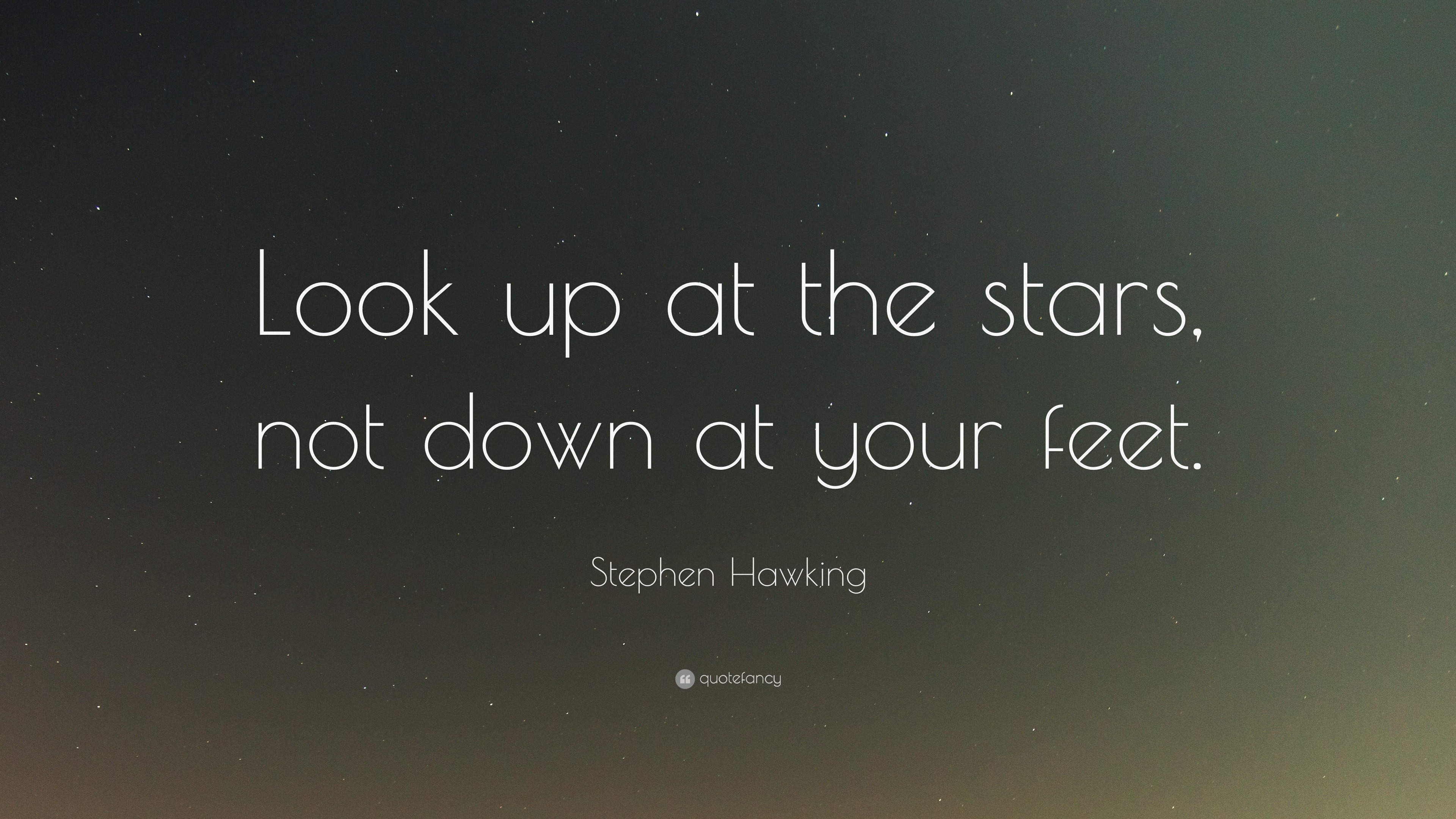
For example, Barnard's Star has a dim red light.

Planets around red dwarfs are not easy to terraform. Solar winds are very small, except for the flare periods.ĭue to low mass, very few red dwarf stars become red giants as the minimum mass required to become one is a third of Sol's mass. For Barnard's Star, it is 0.000441, however infrared light is about 10 times more intense. Visible light might be up to 1 000 000 times less powerful then the Sol. Visible light is more into the red spectra. X-rays are generated mainly within flares. Ultraviolet light is almost absent, so an ozone layer might not be needed. The light of a red dwarf is different from the light generated by Sol. It still blows flares, terrorizing its planets, but such events are far more rare. On the other hand, Barnard's Star is far more friendly, but not safe. This will be a nightmare for settlers trying to make a new Earth here. Solar spots can form anytime and decrease luminosity by a few times. Around a flare star like UV Ceti (see image to right), flares can reach huge dimensions, increasing stellar energy output by many times in only a few seconds.

One good example of a flare star is UV Ceti, while one more friendly star is Barnard's Star. Red dwarfs can be divided into two main groups: flare stars and more stabile, "friendly" stars. Most M - type stars have extensive flares and are known as Flare Stars. Good examples are Barnard's Star, Lalande 21185, Wolf 359 and Luyten 726-8 system hosting UV Ceti. A Habitable Zone exists around the vast majority of red dwarfs. An Earth-like planet would be in a torch orbit. These stars have very long lifetime because they burn their hydrogen slowly. Their luminosity is very dim and red in color. Their mass is below 40% of the mass of our sun, Sol. M-type stars are the most common stars in the universe, known as red dwarfs. Additional information can be found on Main Sequence Stars and Main Sequence M Type Objects - Habitable Simulation. This image is available as a mounted image in the ESOshop.For a classification of stars see The H-R Diagram. The photo, which was chosen as Astronomy Picture of the Day for 6 September 2010 and Wikimedia Picture of the Year 2010, was taken with a wide-angle lens and covers about 180 degrees of the sky.

For example, when looking towards the centre of our Milky Way, researchers can better monitor the galactic core, where a central supermassive black hole, surrounded by closely orbiting stars, is swallowing gas and dust. Using this technique, astronomers can obtain sharper observations. When excited by the light from the laser, the atoms start glowing, forming a small bright spot that can be used as an artificial reference star for the adaptive optics. This layer of sodium atoms is thought to be a leftover from meteorites entering the Earth’s atmosphere. The colour of the laser is precisely tuned to energise a layer of sodium atoms found in one of the upper layers of the atmosphere - one can recognise the familiar colour of sodium street lamps in the colour of the laser. The Laser Guide Star (LGS) is part of the VLT’s adaptive optics system and is used as a reference to correct the blurring effect of the atmosphere on images. Yepun’s laser beam crosses the majestic southern sky and creates an artificial star at an altitude of 90 km high in the Earth's mesosphere. A group of astronomers were observing the centre of the Milky Way using the laser guide star facility at Yepun, one of the four Unit Telescopes of the Very Large Telescope (VLT). In mid-August 2010 ESO Photo Ambassador Yuri Beletsky snapped this amazing photo at ESO’s Paranal Observatory.


 0 kommentar(er)
0 kommentar(er)
